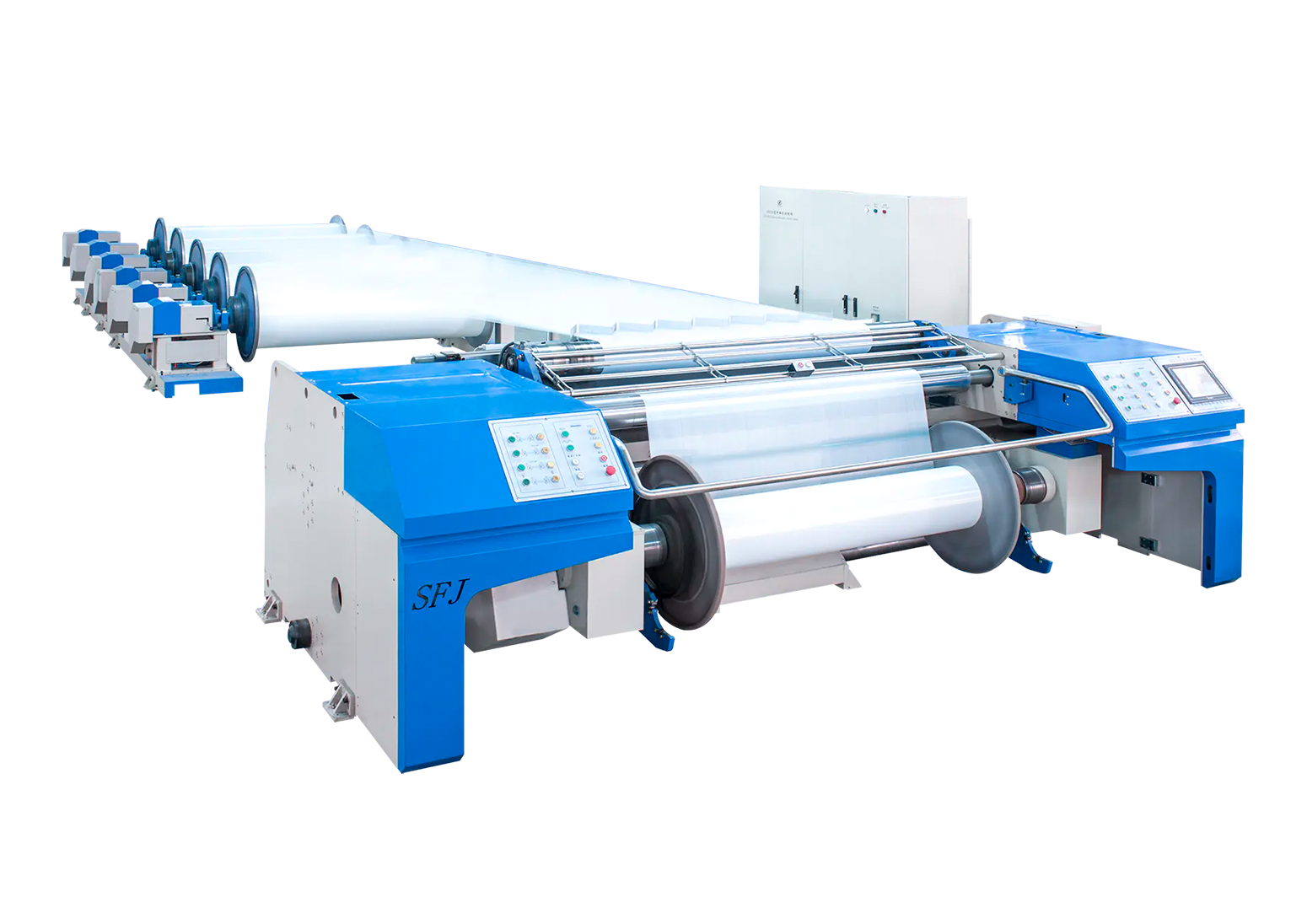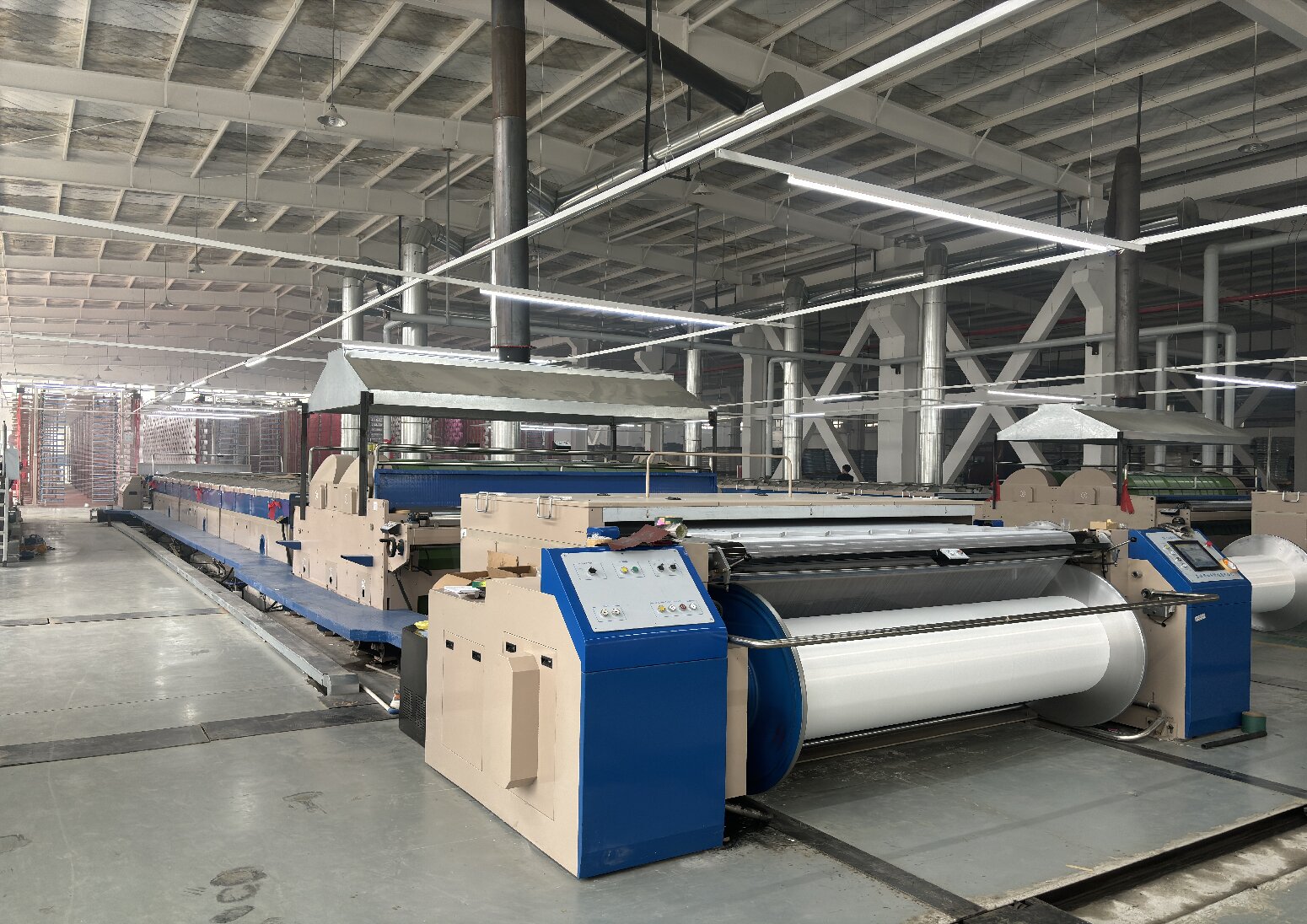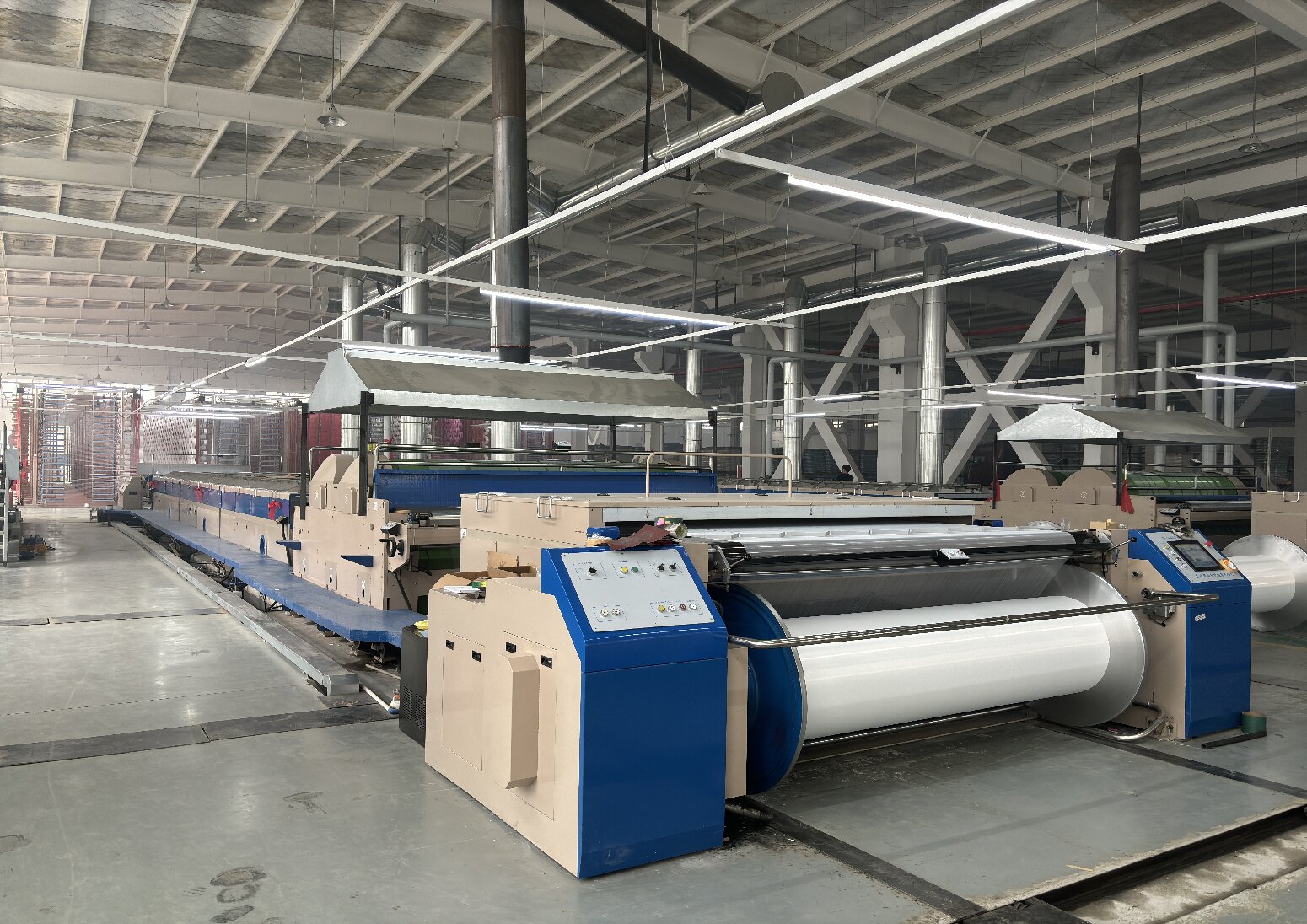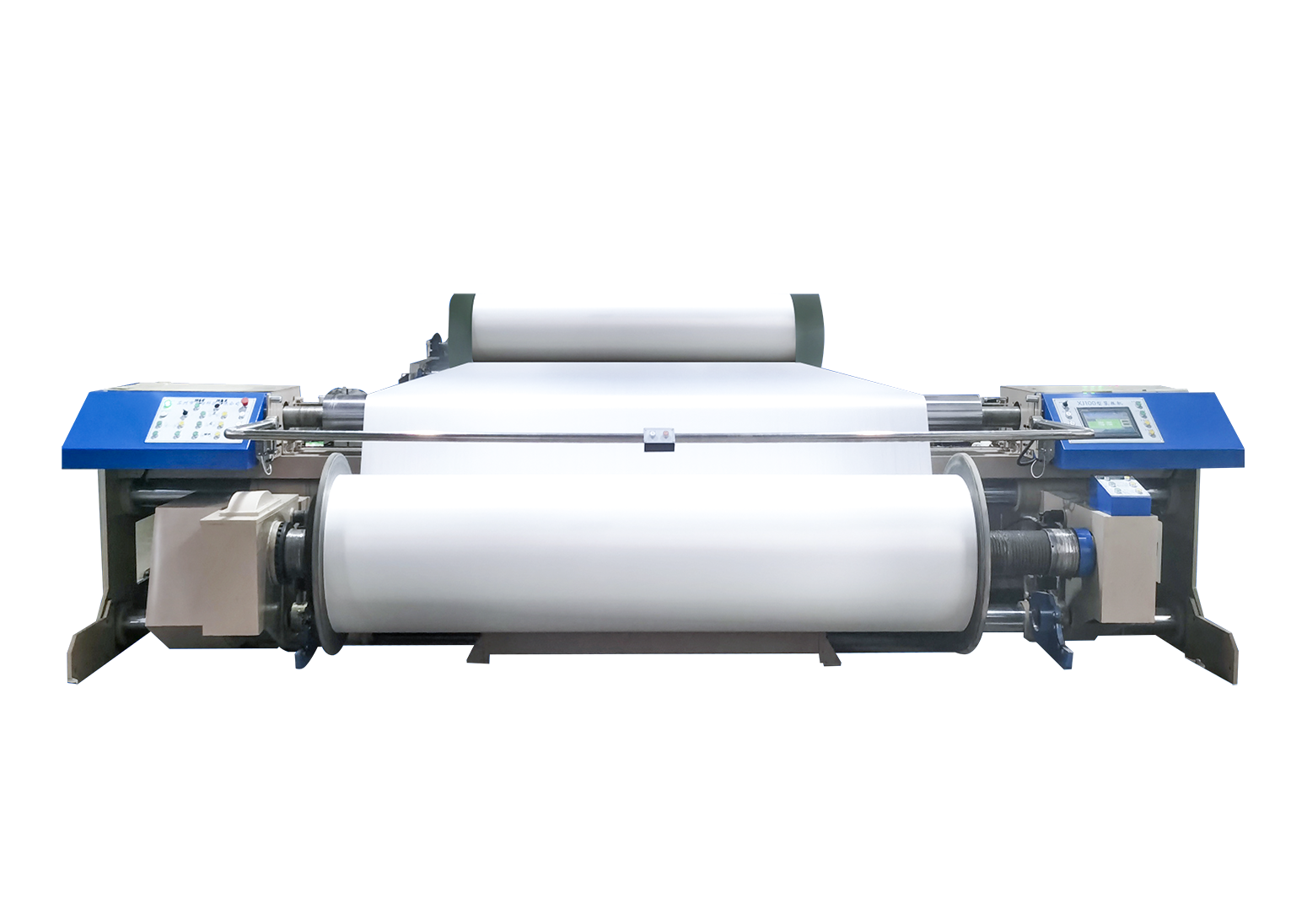What are the key types of textile preparation equipment used in the textile industry, and how do they contribute to the overall textile production process?
1. Bale Opener: A bale opener is used to open and loosen compressed fiber bales, such as cotton or synthetic fibers. It helps to remove any foreign particles, such as dirt and debris, from the fiber and creates a consistent fiber flow for subsequent processing steps.
2. Blending and Mixing Equipment: Blending and mixing equipment are used to combine different types of fibers, such as natural and synthetic fibers, or fibers of different colors or qualities. This equipment ensures a homogeneous blend, which is essential for achieving desired fabric characteristics, such as strength, color, or texture.
3. Carding Machine: A carding machine is used to align and parallelize the fibers into a continuous web or sliver. It helps to remove impurities, separate fibers, and create a uniform fiber orientation. Carding is a crucial step in achieving yarn quality and improving spinning efficiency.
4. Combing Machine: Combing machines are used to further refine the carded fibers by removing short fibers, impurities, and aligning the longer fibers in a parallel arrangement. Combed yarns are smoother, stronger, and have better uniformity, making them suitable for high-quality fabrics.
5. Drawing Frames: Drawing frames are used to further parallelize and blend the carded or combed slivers. This equipment reduces sliver thickness and improves fiber orientation, ensuring consistent yarn strength and quality.
6. Roving Frame: Roving frames are used to convert the drawn slivers into rovings. Rovings are thin strands of fibers that are slightly twisted and have a more defined shape. They serve as intermediates between the drawing and spinning processes, preparing the fibers for the subsequent spinning operation.

2. Blending and Mixing Equipment: Blending and mixing equipment are used to combine different types of fibers, such as natural and synthetic fibers, or fibers of different colors or qualities. This equipment ensures a homogeneous blend, which is essential for achieving desired fabric characteristics, such as strength, color, or texture.
3. Carding Machine: A carding machine is used to align and parallelize the fibers into a continuous web or sliver. It helps to remove impurities, separate fibers, and create a uniform fiber orientation. Carding is a crucial step in achieving yarn quality and improving spinning efficiency.
4. Combing Machine: Combing machines are used to further refine the carded fibers by removing short fibers, impurities, and aligning the longer fibers in a parallel arrangement. Combed yarns are smoother, stronger, and have better uniformity, making them suitable for high-quality fabrics.
5. Drawing Frames: Drawing frames are used to further parallelize and blend the carded or combed slivers. This equipment reduces sliver thickness and improves fiber orientation, ensuring consistent yarn strength and quality.
6. Roving Frame: Roving frames are used to convert the drawn slivers into rovings. Rovings are thin strands of fibers that are slightly twisted and have a more defined shape. They serve as intermediates between the drawing and spinning processes, preparing the fibers for the subsequent spinning operation.




 中文简体
中文简体








